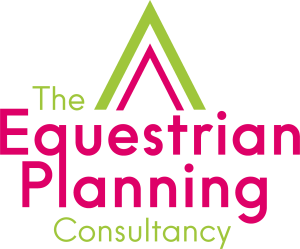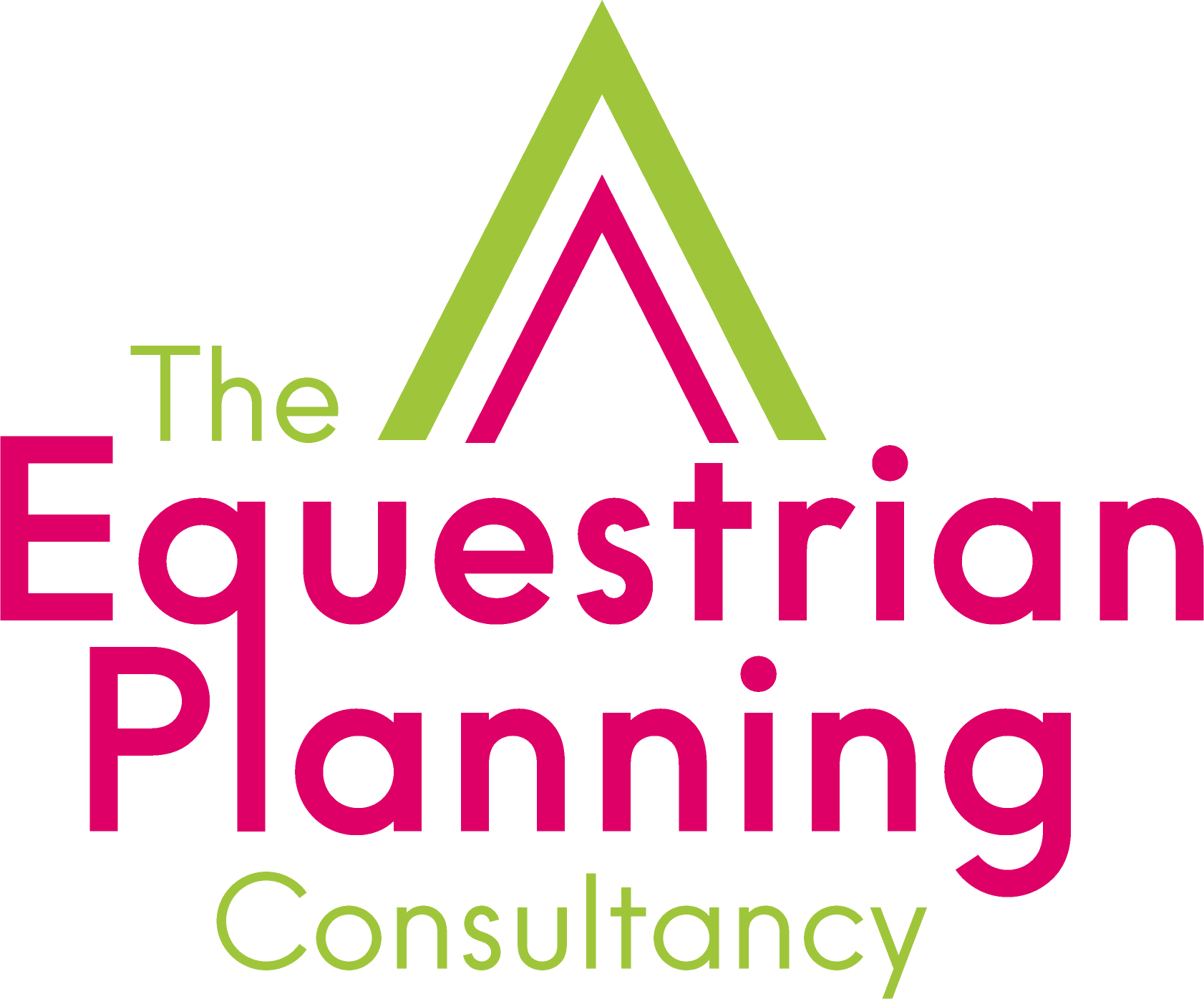Most things involving horses require planning permission – whether that is the use of land for equestrian purposes (excluding simple grazing) or building facilities such as stabling or arenas. So, where do you even start and what sort of information do you need to prepare and submit a successful planning application so that you can get building, move your horses into their new homes or expand your equestrian business?
Planning has, in the last few years, been headlined as becoming a more simplified system. The National Planning Policy Framework (the Framework), when first introduced in 2012, even boasted a reduction in policy down to then circa 50 pages which was most definitely going to make things easier for everyone they said… We are over a decade on from this and I don’t think it’s quite gone as the Government planned – don’t even get me started on permitted development! The validation requirements for applications, which can vary from Local Planning Authority (LPA) to LPA and site to site, can still be extensive depending on your proposals and it is worth being aware of these potential requirements as you embark on your mission to achieve the necessary permissions for your proposals.
An application, for full planning permission, is required in most cases for equestrian use (if this needs to be changed, for example, from agricultural) as well as the building of stabling, arenas, creation of a new access or similar facilities. Most applications are submitted via Planning Portal (online) and require you to complete an application form, and there is also a fee calculator which can assist you in correctly determining the fee depending on what you are applying for. The form questions are quite wide ranging and include (but are not limited to) the basics such as what you want to build and where, who owns the land (if you don’t own the land you need to serve a notice on whoever does), whether the site is within any flood risk zones, how you intend to deal with drainage, material choices, whether there are any protected species or trees on the site which may be of importance and whether an amended access to the highway is required.
All applications require plans. In their most basic form this includes location and block plans (at defined scales with the application site outlined red and any landownership outlined blue) as well as floor plans and elevations. Some LPAs also require photo montages as a validation requirement. There is also a requirement for a Design and Access/Planning Statement which outlines key matters relating to the proposal, general justification as well as how the proposal is consistent with the LPA’s Local Plan (against which proposals will be assessed in policy terms) and takes into account other considerations such as the Framework, any relevant guidance or Neighbourhood Plans (as applicable).
The remaining requirements largely depend on your site, the proposals and the LPA validation requirements in your area but it is not unusual for applications to require further supporting surveys/reports. These can include tree surveys, ecological surveys (a preliminary ecological appraisal as a minimum which may highlight a need for further surveys such as those relating to newts or bats), landscaping proposals/landscape assessments, highway engineer reports (especially if there is a new access or intensification of use of an existing access where visibility splays need to be demonstrated) or flood risk assessments (FRA) and drainage reports.
Whilst the latter can, on some schemes, be secured by condition (details to be submitted after permission is granted but within a defined timescale, for example – prior to commencement of development) for larger sites (1 hectare (2.47 acres) or more) a FRA is a validation requirement as a result of a footnote contained within the Framework. Any sites within a flood risk zone (2 or 3) would likely require such a report at the point of submission – regardless of site size.
You will have seen that we, the Equestrian Planning Consultancy, are on a mission to help people with all of their planning and development queries and applications that are needed in a manner which is as simple, clear and transparent as possible. If you have any queries – get in touch!

